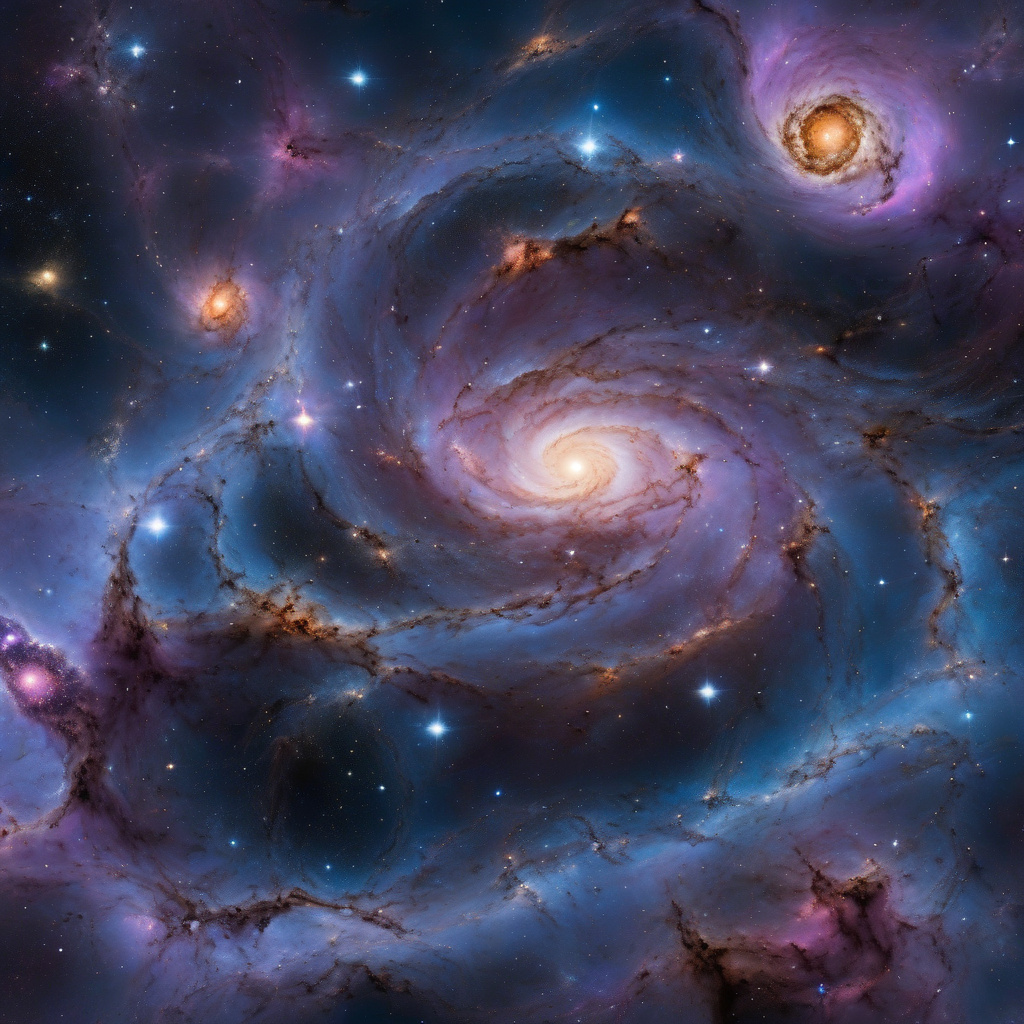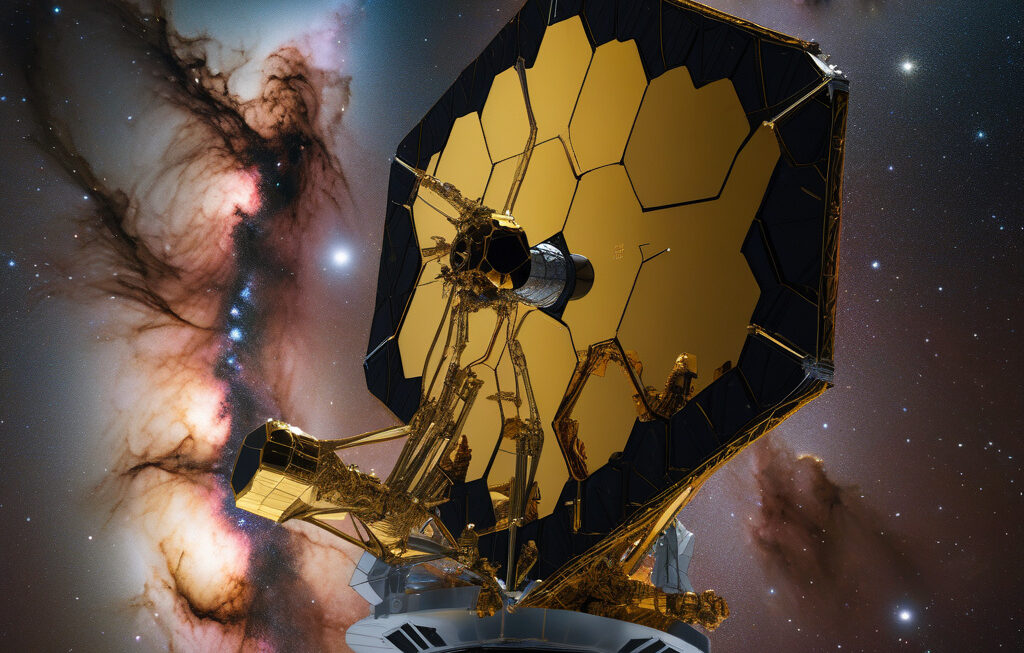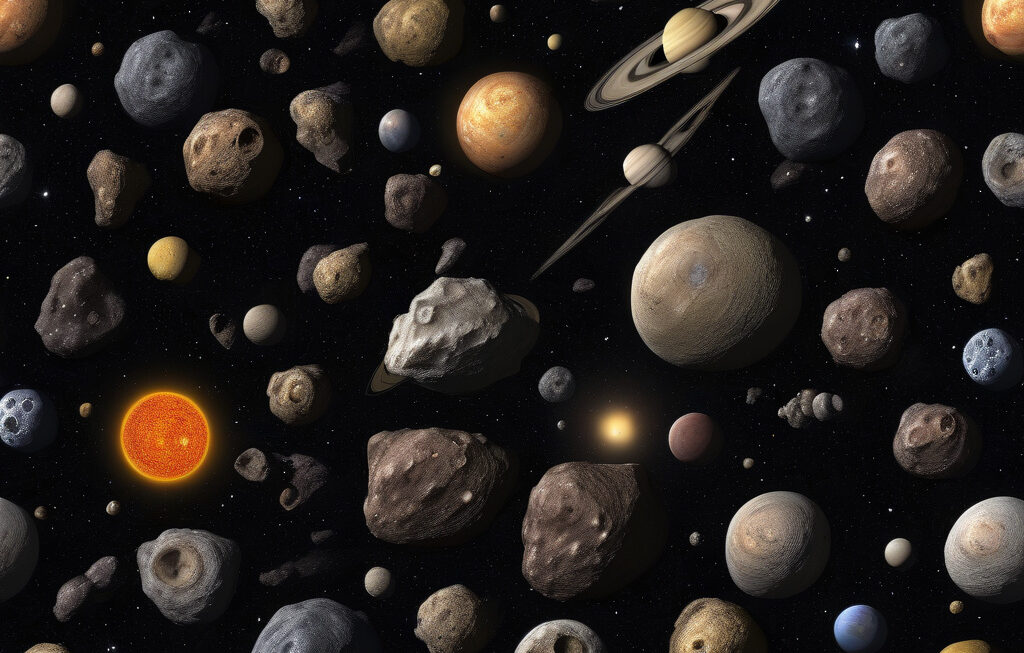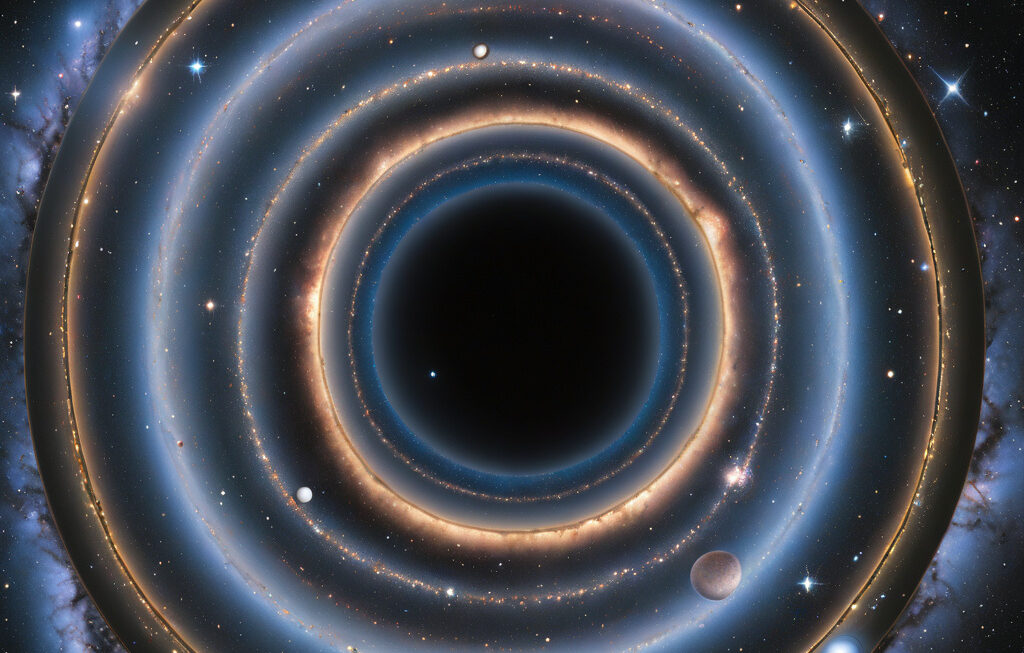The universe’s first molecule just surprised us again. In a discovery that could rewrite our understanding of the cosmos, scientists have found new insights into the role of helium hydride (HeH+) in the formation of early stars. This groundbreaking research sheds light on the mechanisms that governed the universe’s evolution billions of years ago and highlights the significance of seemingly simple molecules in shaping the vast expanse of space.
HeH+ has long been considered a crucial player in the cosmic drama that unfolded after the Big Bang. Its formation marked a milestone in the universe’s history, as it represented the first chemical bond to ever exist. Despite its fundamental importance, the molecule had remained elusive to detection until recently, when astronomers using NASA’s Stratospheric Observatory for Infrared Astronomy (SOFIA) spotted its spectral signature in a planetary nebula located 3,000 light-years away from Earth.
This discovery not only confirms the existence of HeH+ in space but also provides valuable clues about its role in the early universe. By analyzing the emission lines of the molecule, researchers have been able to reconstruct the conditions present in the environment where HeH+ was found. These findings suggest that HeH+ played a significant part in cooling primordial gas clouds, allowing them to condense and form the first generation of stars.
The implications of this research are profound. Understanding the role of HeH+ in the formation of early stars can help scientists refine existing models of cosmic evolution and improve our knowledge of how the universe transitioned from a hot, uniform state to one filled with galaxies, stars, and planets. By unraveling the mysteries of the universe’s first molecule, we gain a deeper appreciation for the intricate processes that govern the cosmos.
Moreover, the discovery of HeH+ in a planetary nebula opens up new avenues for studying the chemistry of the cosmos. Molecules like HeH+ serve as tracers of physical conditions in space, providing astronomers with valuable information about the composition, temperature, and density of interstellar regions. This knowledge is essential for piecing together the puzzle of how stars and galaxies form and evolve over time.
As we continue to push the boundaries of our understanding of the universe, each new discovery brings us closer to unlocking its ancient secrets. The detection of HeH+ in a planetary nebula represents a significant milestone in this ongoing quest for knowledge. By peering into the distant past and uncovering the role of the universe’s first molecule, we gain a fresh perspective on the forces that shaped the cosmos into what we see today.
In conclusion, the recent findings on the universe’s first molecule, helium hydride, offer a glimpse into the early stages of cosmic evolution and the formation of stars. This discovery not only deepens our understanding of the universe’s history but also highlights the critical role that seemingly simple molecules can play in shaping the vast and complex tapestry of the cosmos.
#universe, #firstmolecule, #earlystars, #cosmicevolution, #astronomy











